When it comes to studying for the 79, don’t forget to review plenty of Series 79 definitions.
As tutors for the Series 79 exam, over 90% of our requests for this exam come strictly for the analytical portion.
While the math isn’t beyond the eighth grade level, there is plenty of tricky accounting and corporate finance. The fractions, ratios, and analyses of financial statements don’t help add to the difficulty.
Today, however we focus on the definitional portion of the exam. It’s a large portion and should not be overlooked.
How Much of the Exam is Actually Definitional vs Math?
It’s not exactly easy to tell. FINRA changes up their exams on a regular basis. But, to get a general idea, FINRA’s website indicates that 49% of the exam involves testing “Collection, Analysis, and Evaluation of Data.” Is it safe to assume that there are a decent amount of calculations in this section?
Yes, probably.
Keep in mind that there are also likely some qualitative questions in the analytical section as well. Understanding many of the rules around the Securities Exchange Act of 1934, or due diligence, for instance may show up in this section.
Overall, this might put the proportion of calculations that show up on the exam below 40%. Assuming that’s right, that would leave over 60% of the exam as definitional.
Series 79 Definitions: How to Study Them
Consequently, we rarely get requests for help for the Series 79 definitions portion of the exam.
Mostly for the fact that this section requires a lot of memorization – and we can’t exactly do that for you. Nevertheless, although the analytical portion trips most people up, the definitional section is the largest part of the exam. A failed Series 79 exam can very much be due to a few missed points in this section.
As such, as Series 79 tutors we highly recommend that you make sure the necessary rules, regulations, and definitions are rock solid in your mind going into the exam. How should you do that?
For starters, keep track of any rules, definitions, or regulations that you don’t quite understand.
Next, make a list of them either in a notebook, or using flash cards.
Finally, try to memorize somewhere between three to five per day. On subsequent days be sure to review the prior days’ definitions. This might extend your study time for this portion of studying but it will help. As your studying progresses, drop the ones that become very easy to remember (note: this is different for everyone), and continuously focus on those that keep slipping through the cracks.
Eventually, you’ll find that you have enough to go on to eliminate certain multiple choice answers, and pinpoint others.
Once you crack the mid-80% range on your practice questions (at Professional Exam Tutoring we recommend using Knopman’s material), then you’re good to go!
Good luck!

